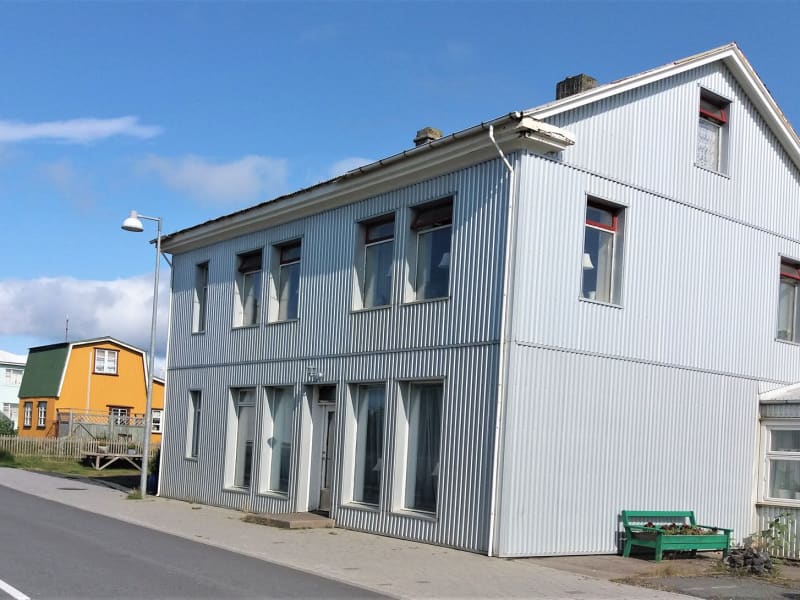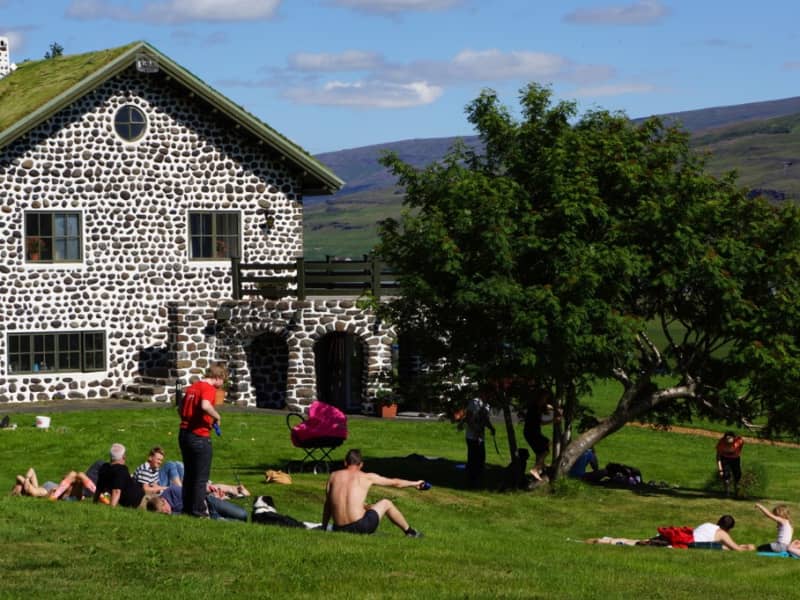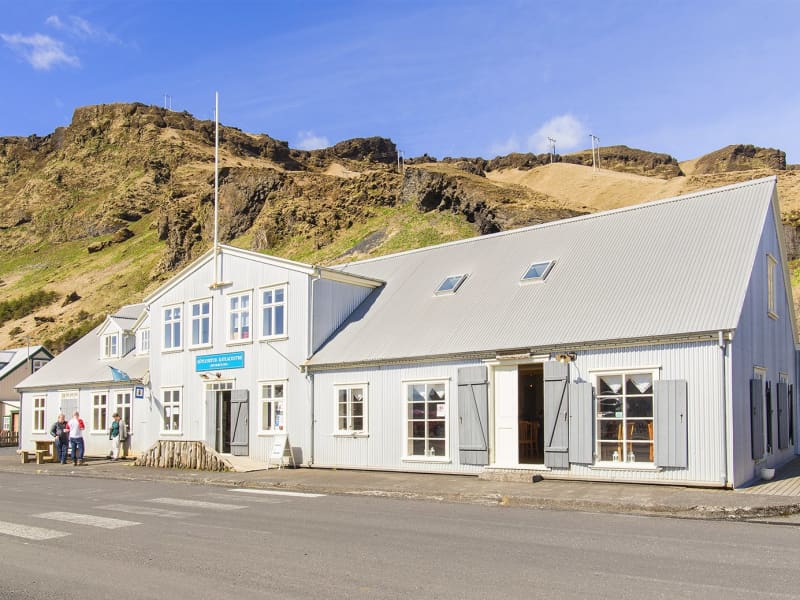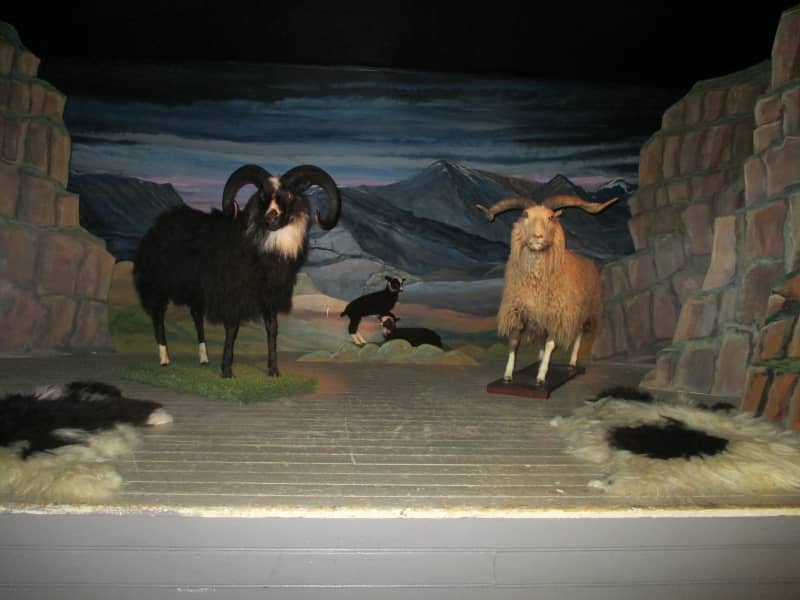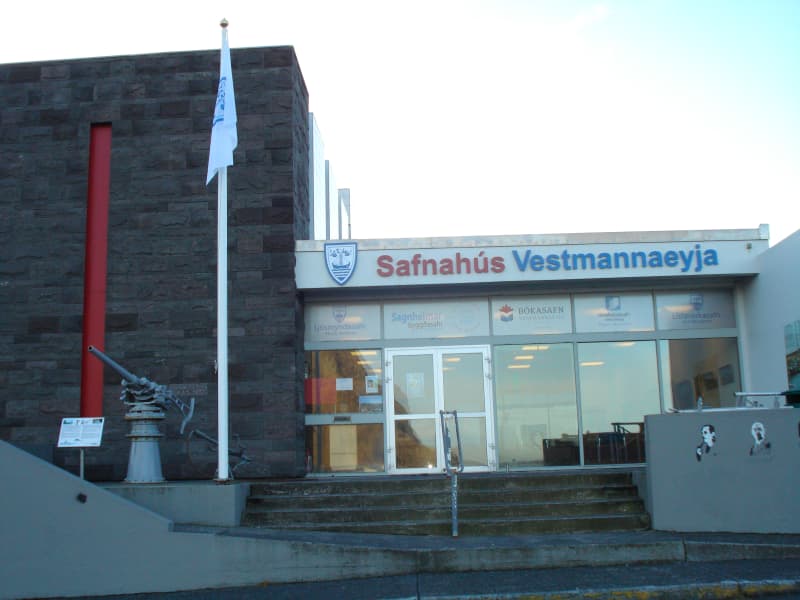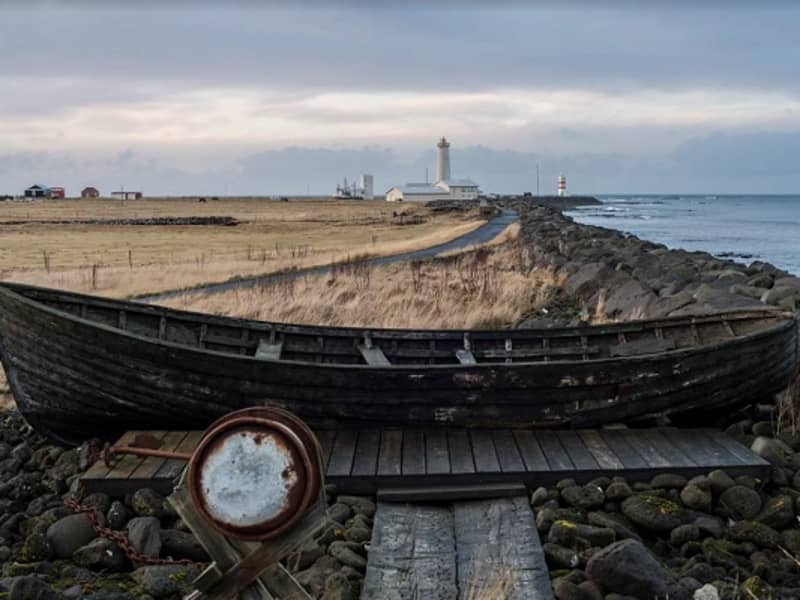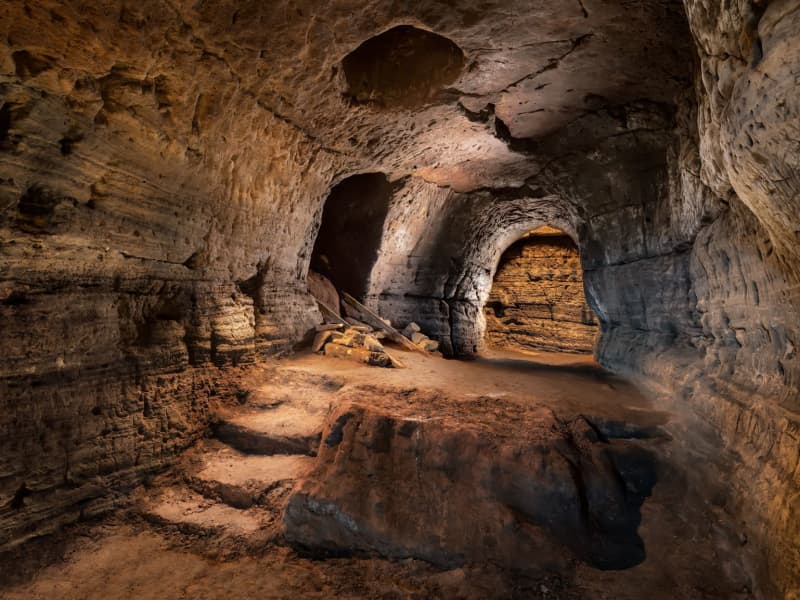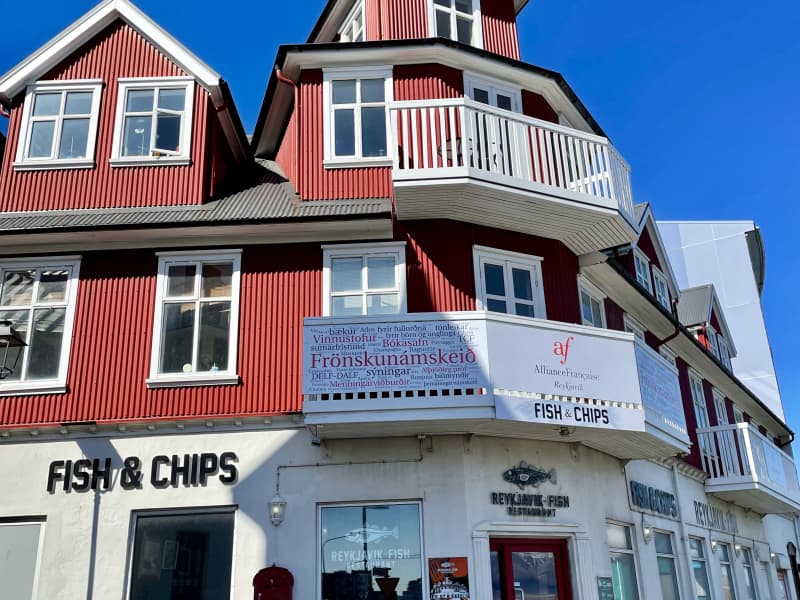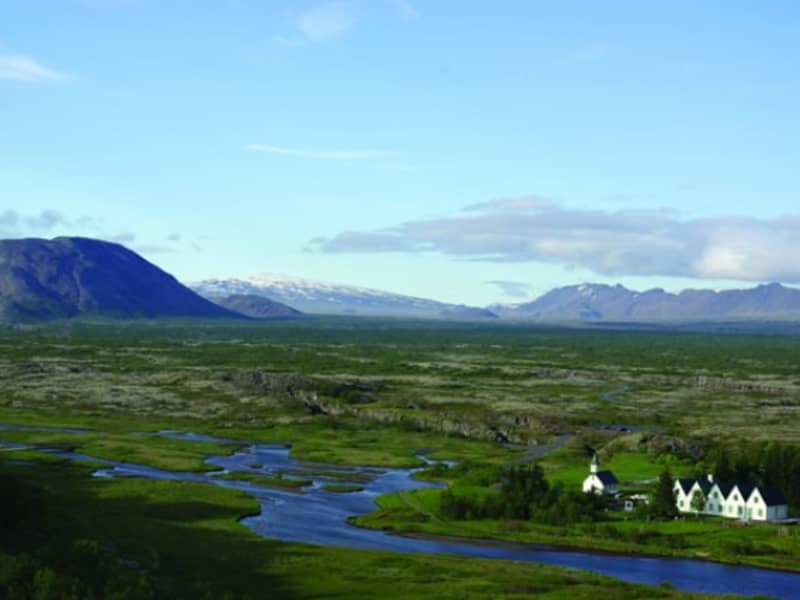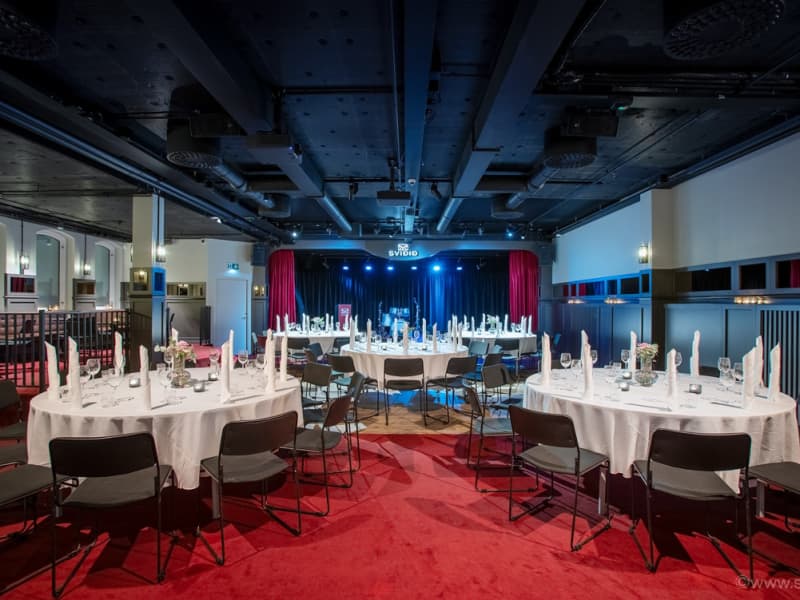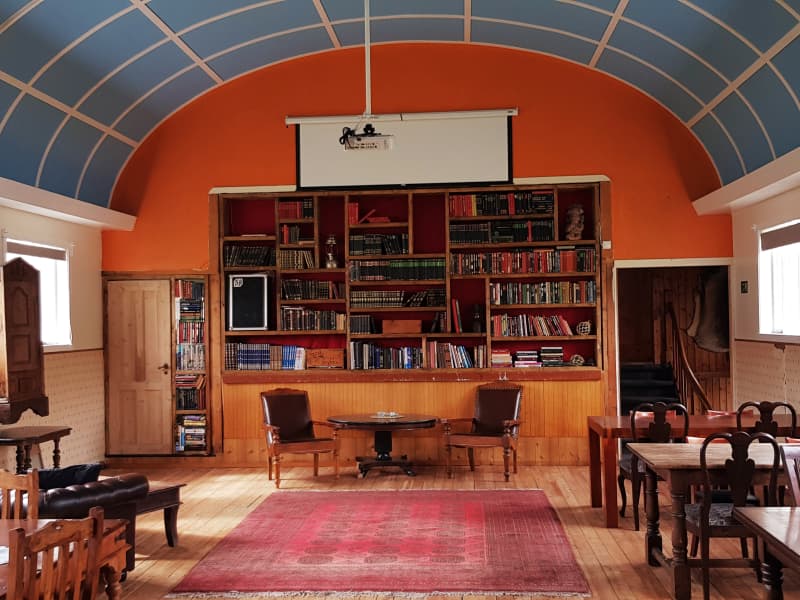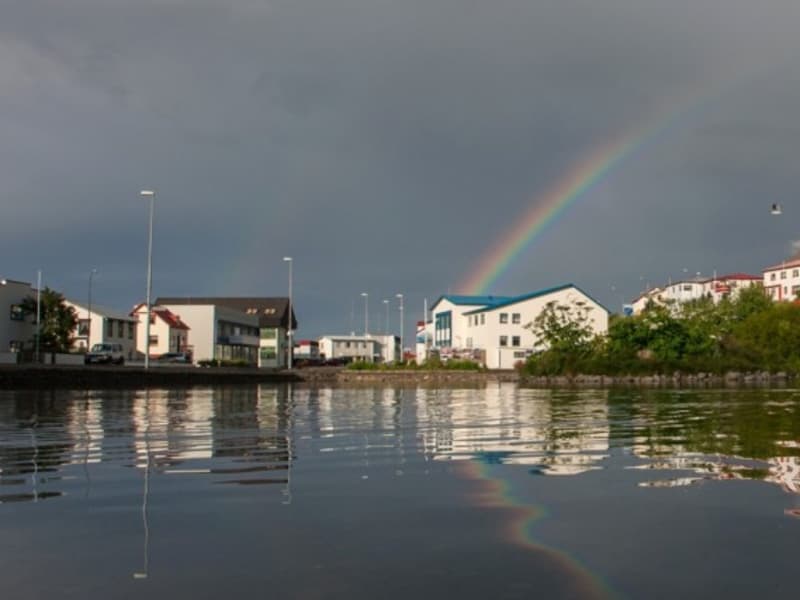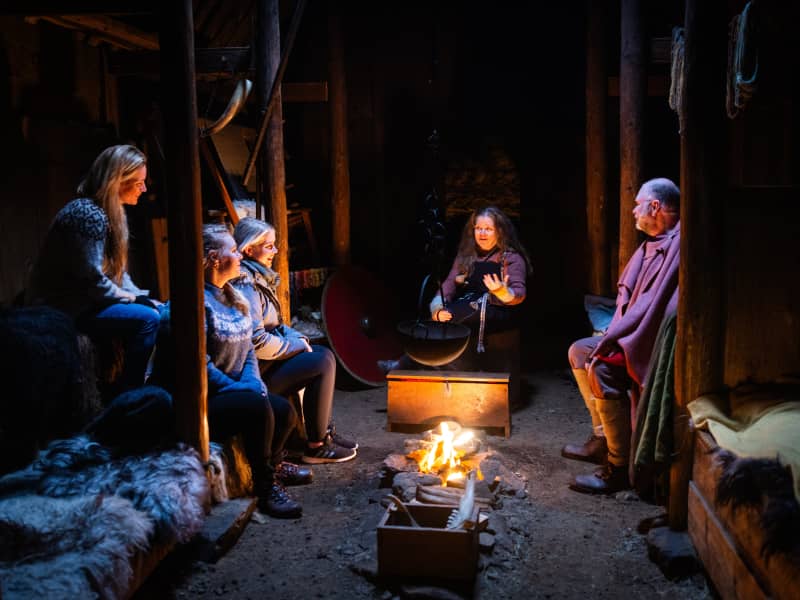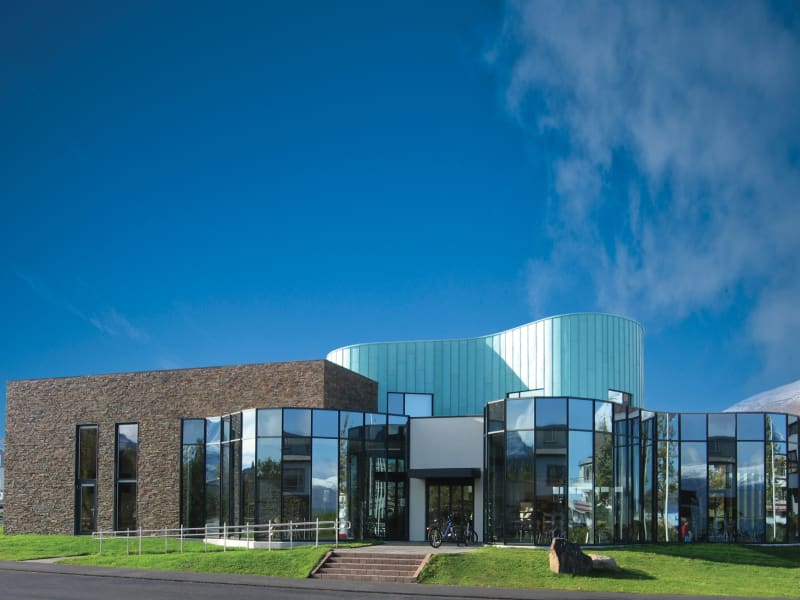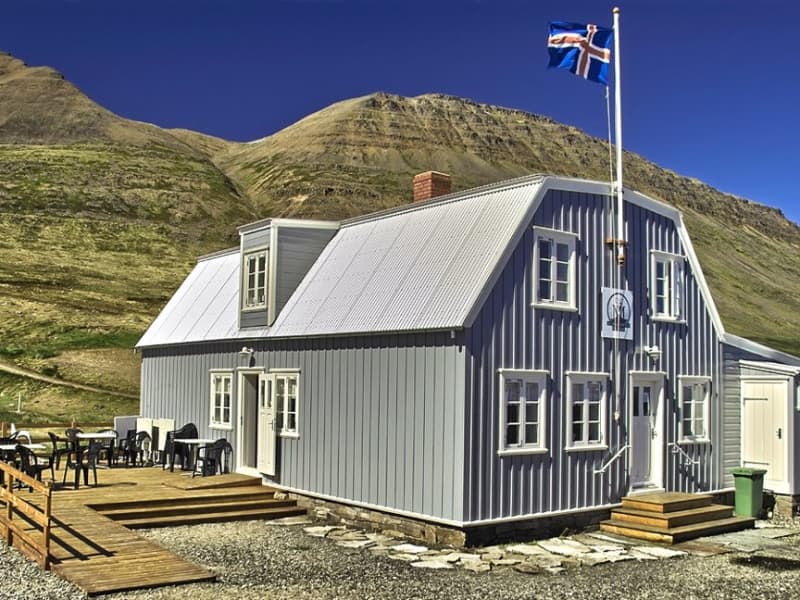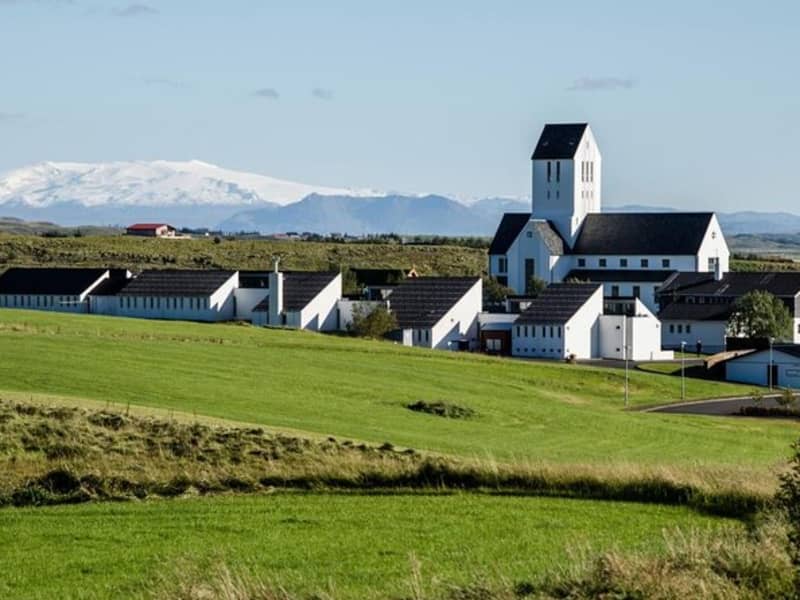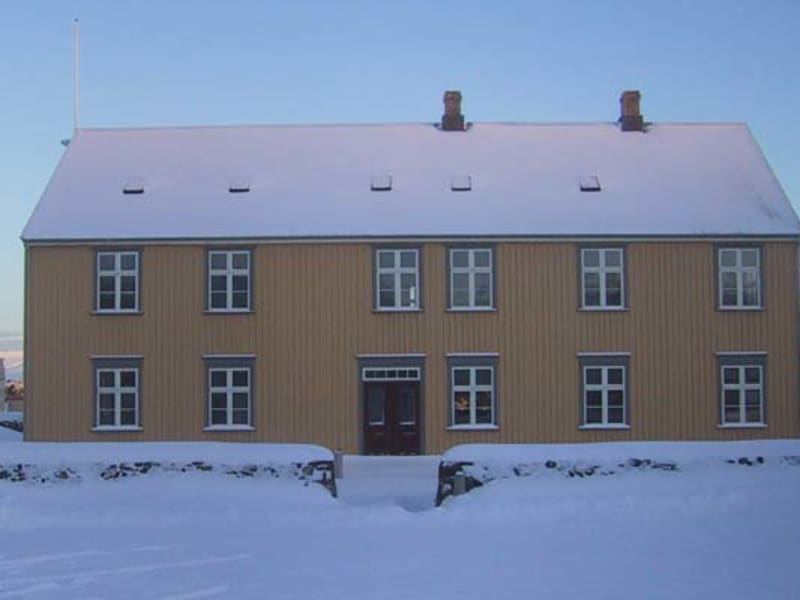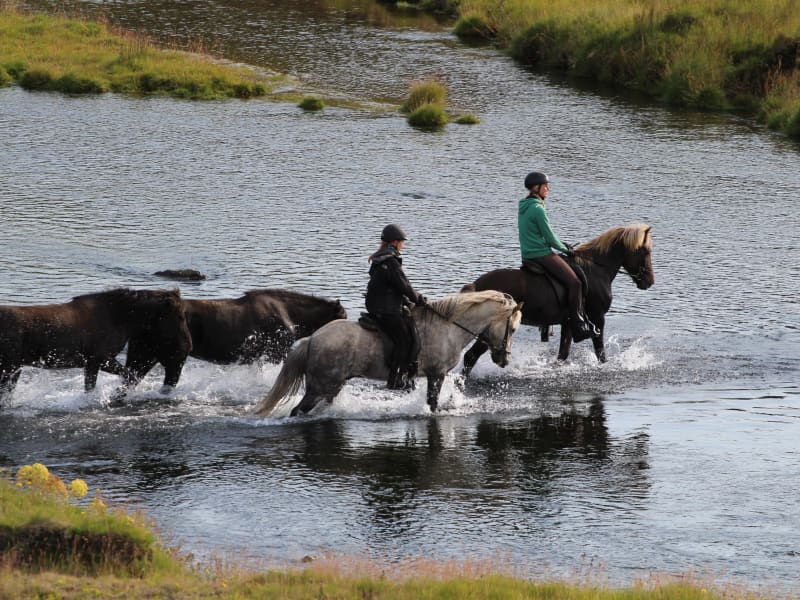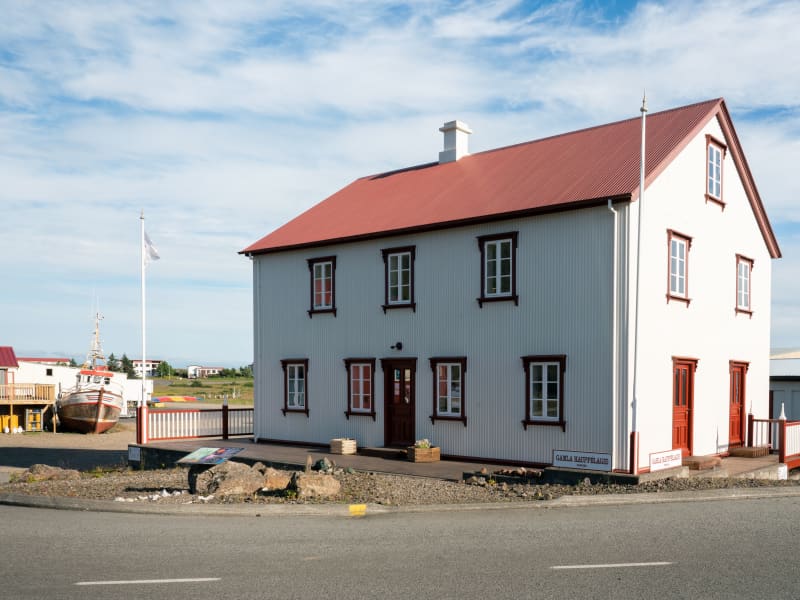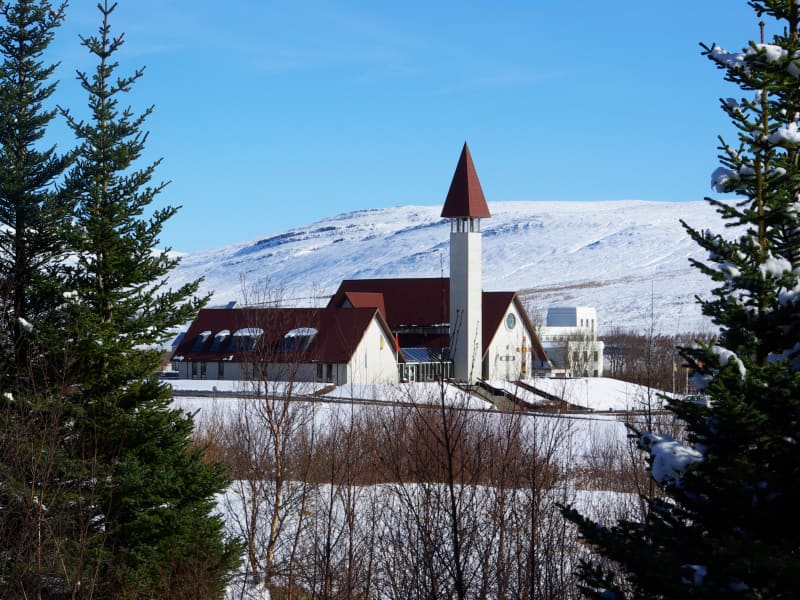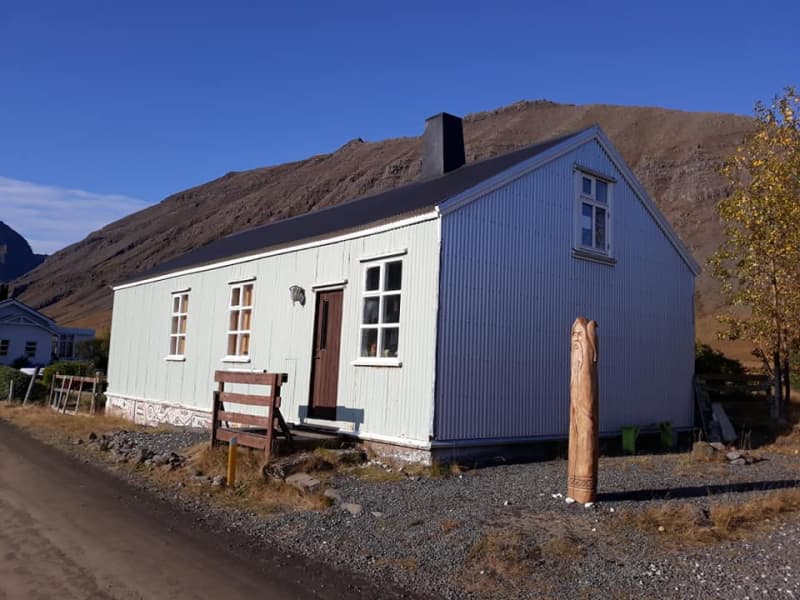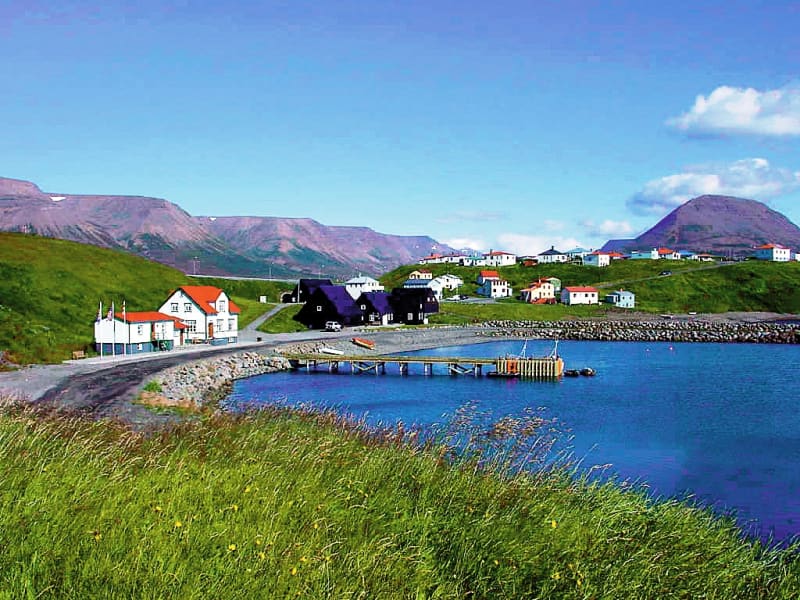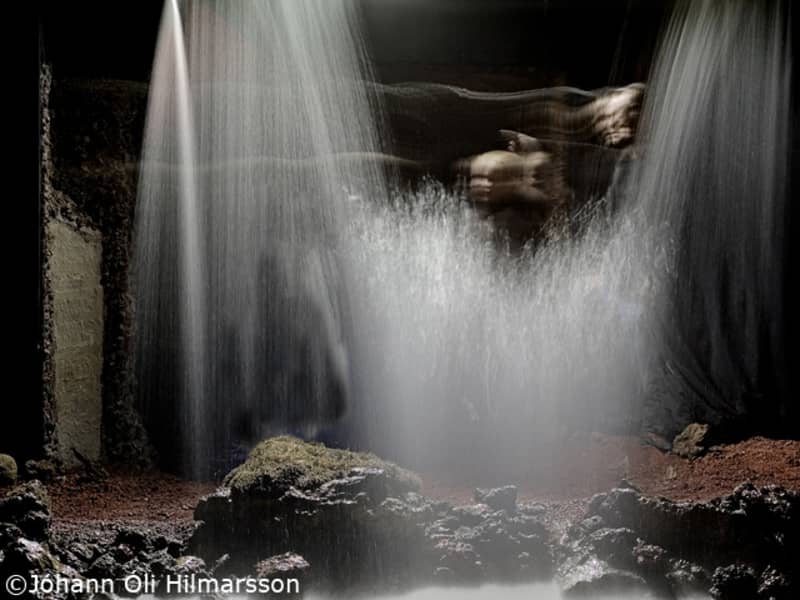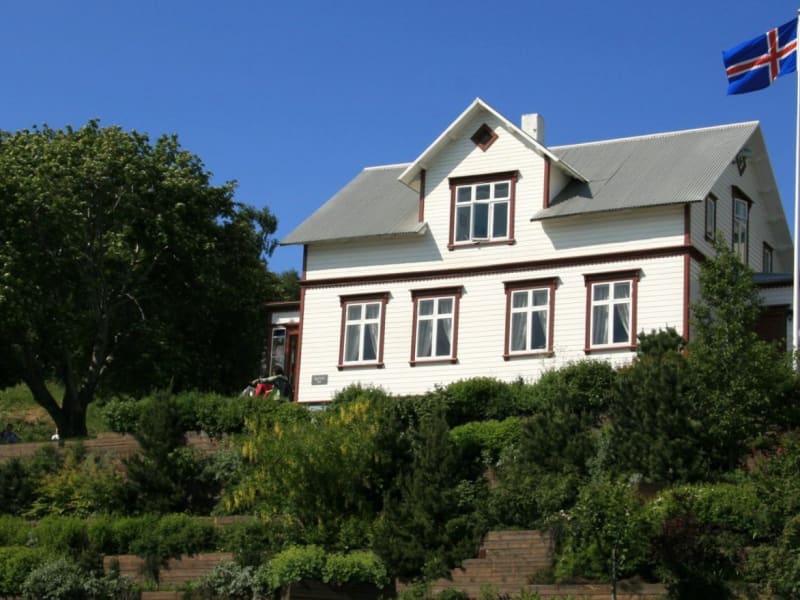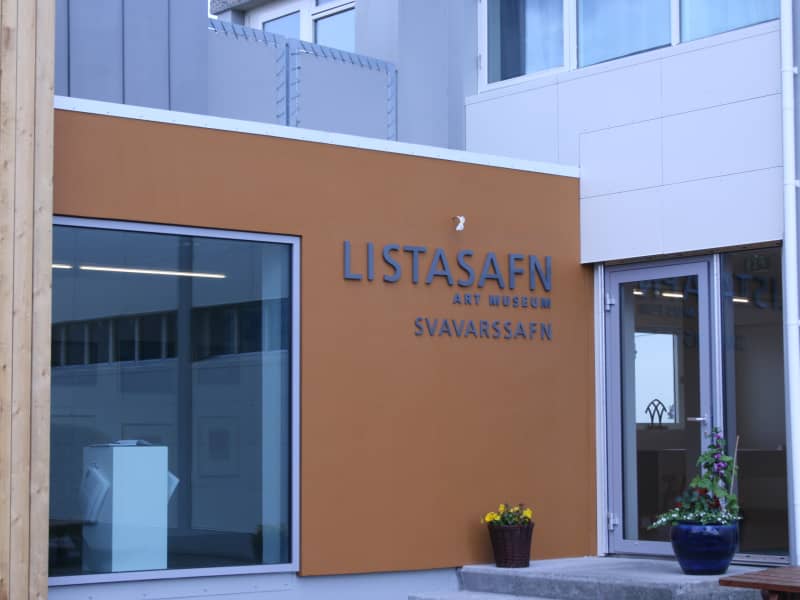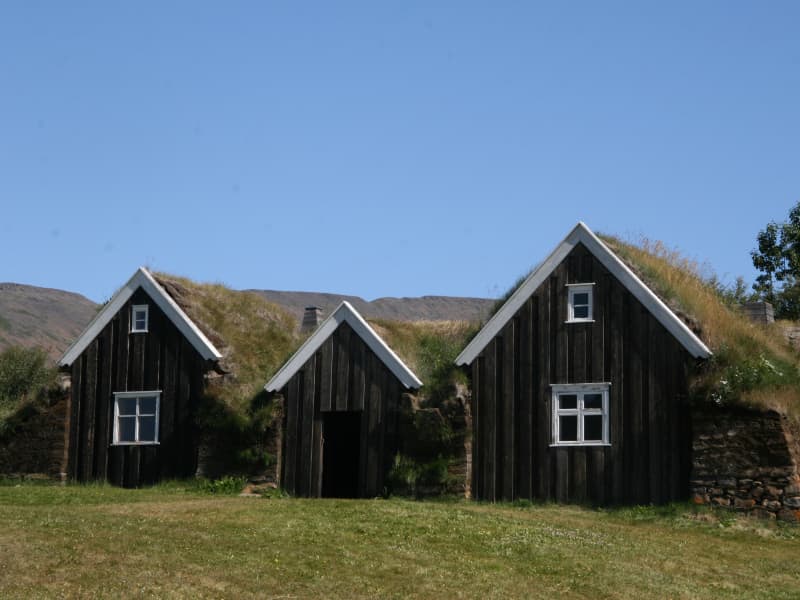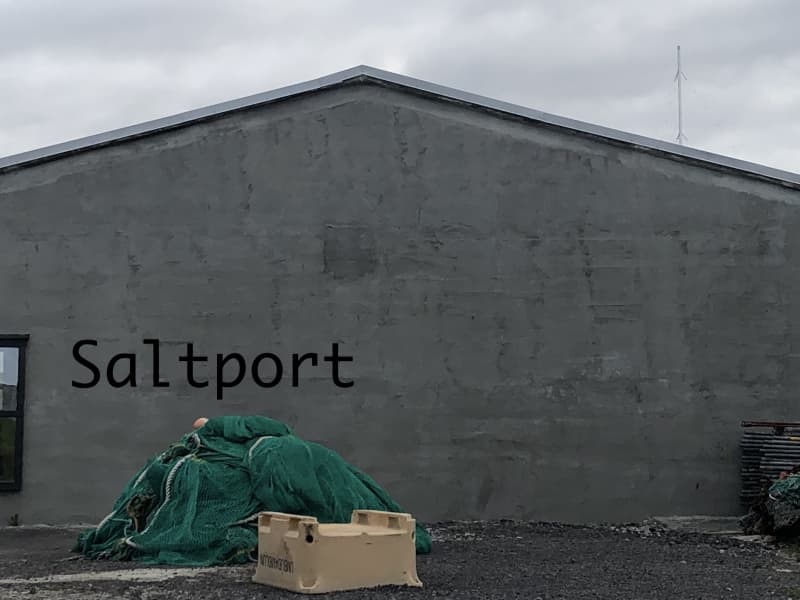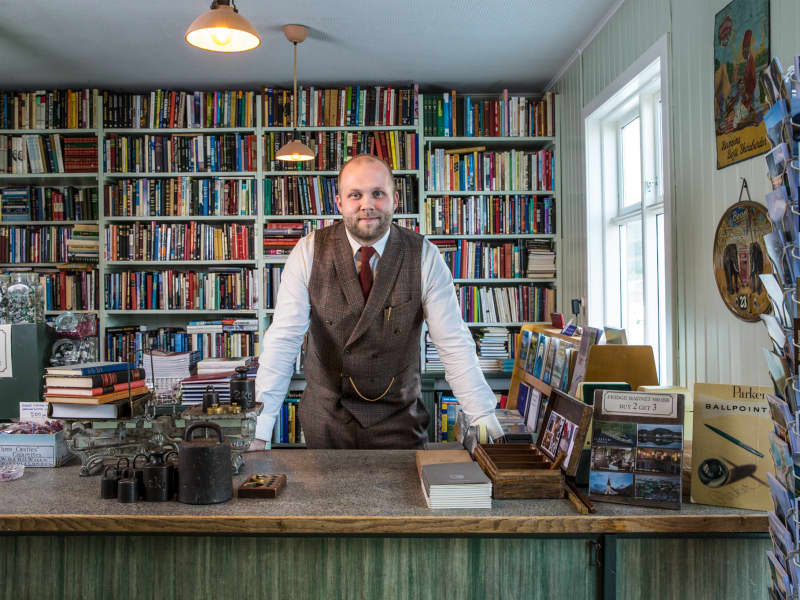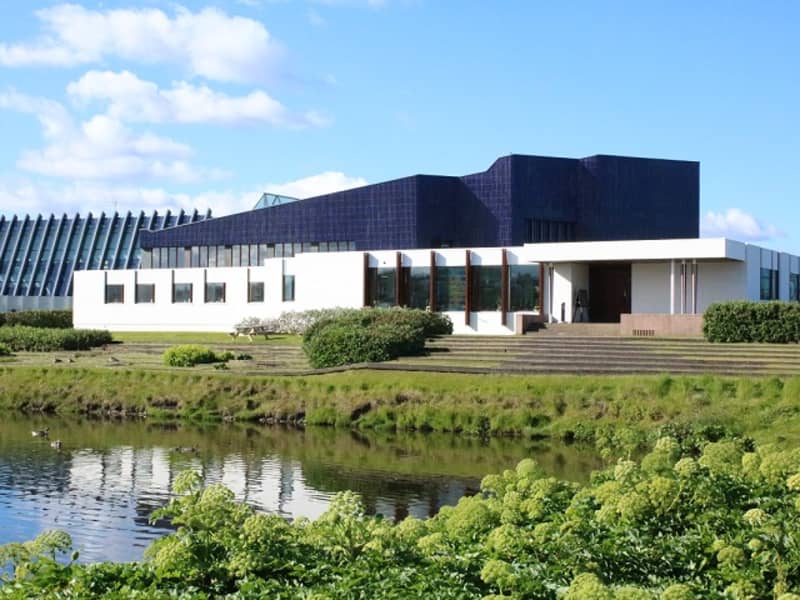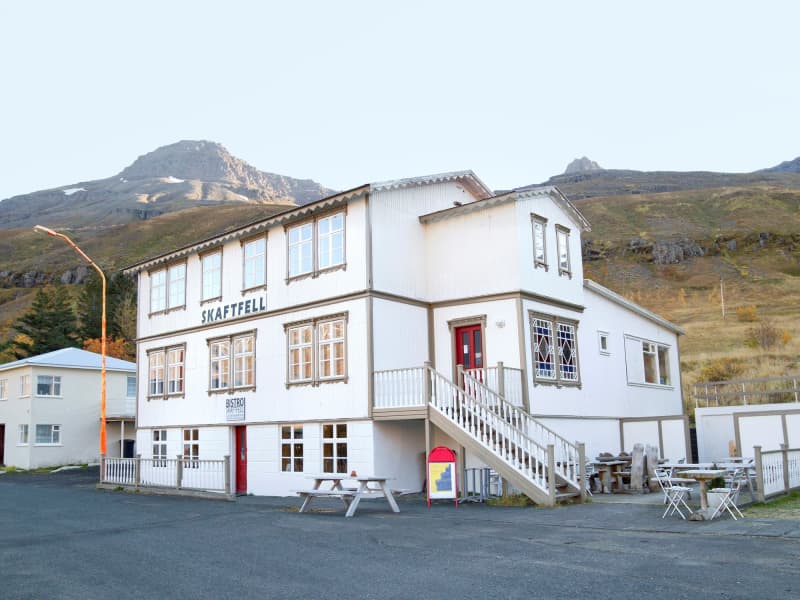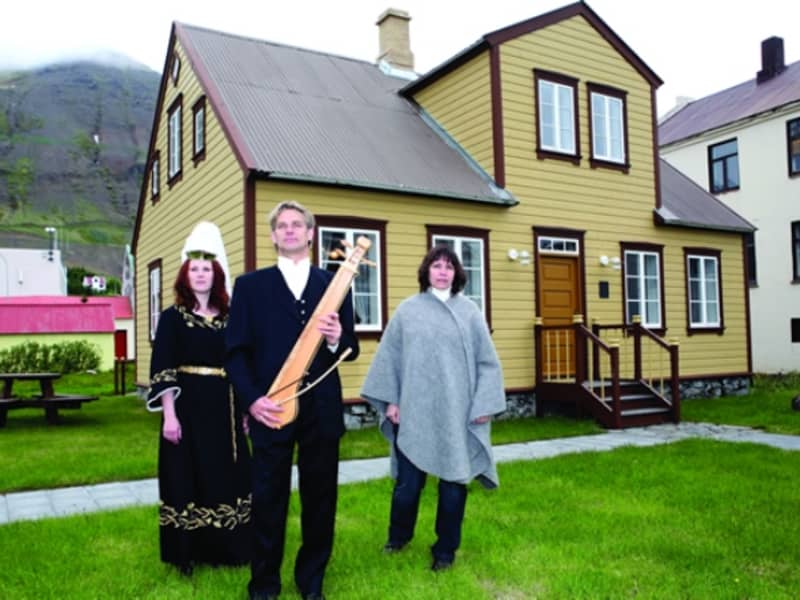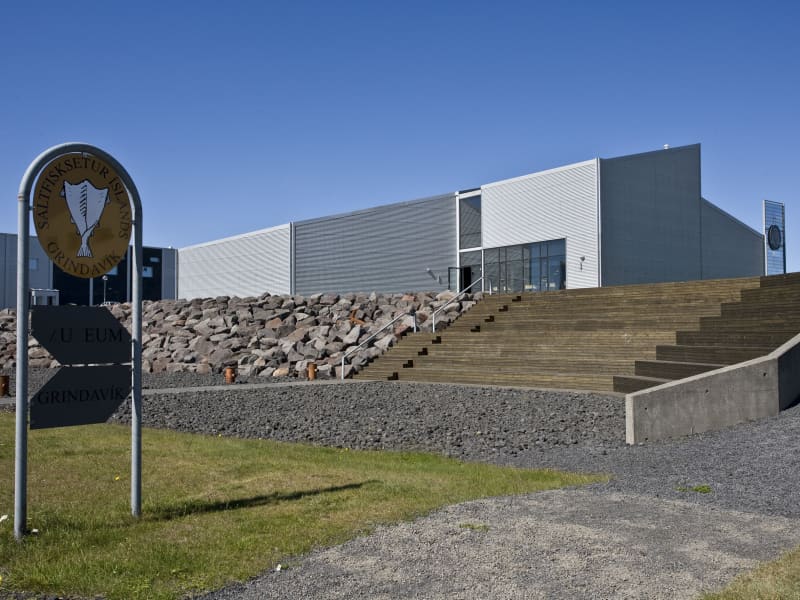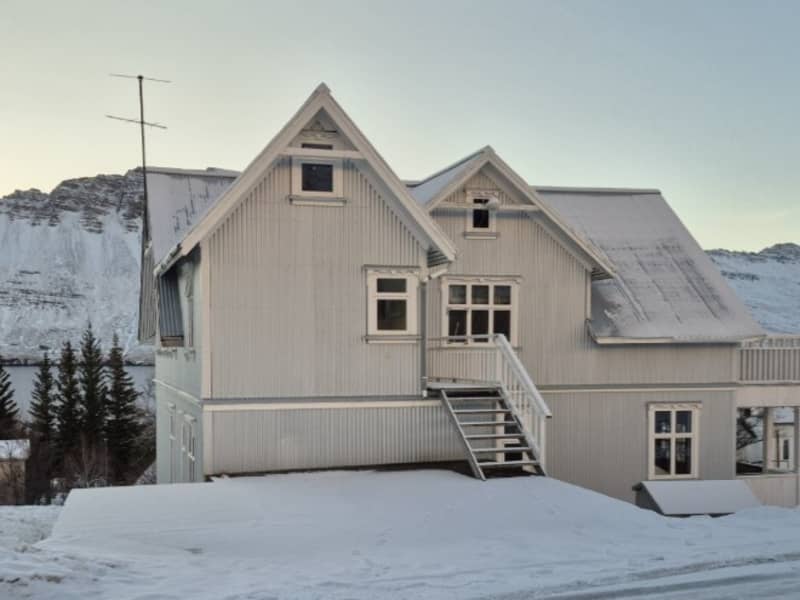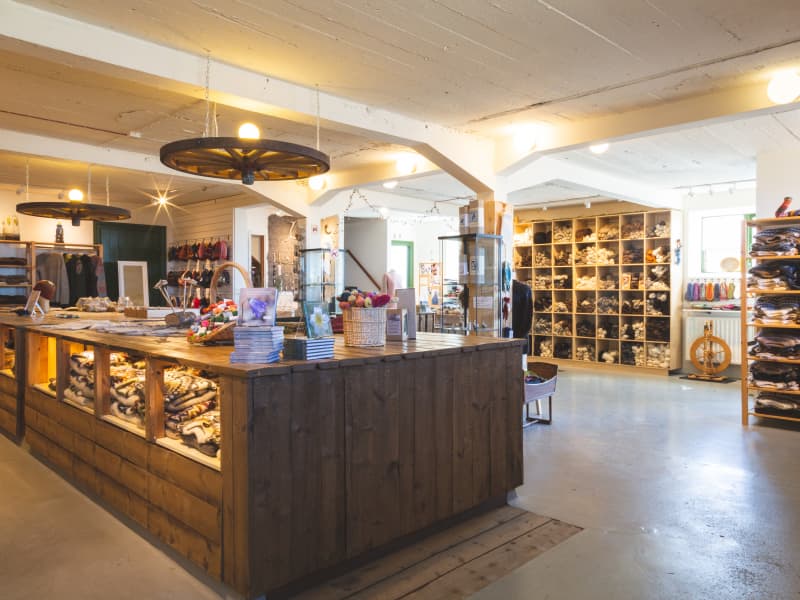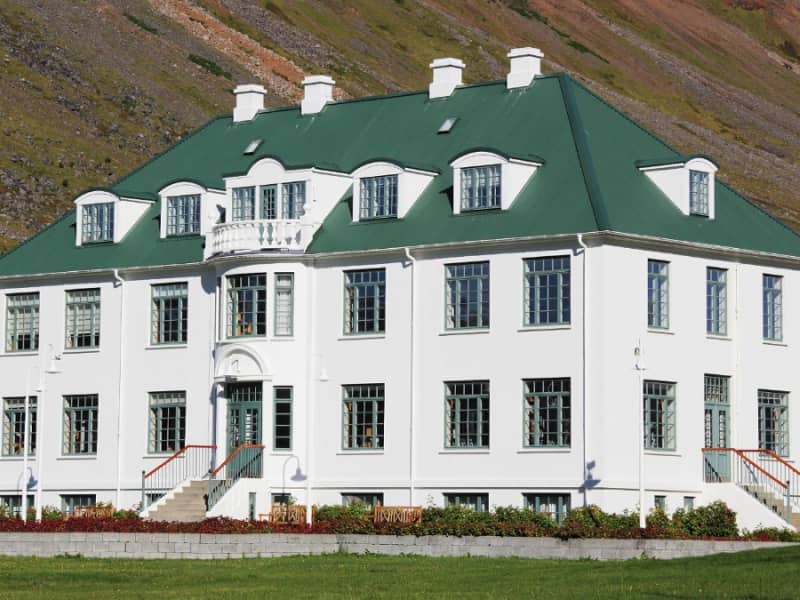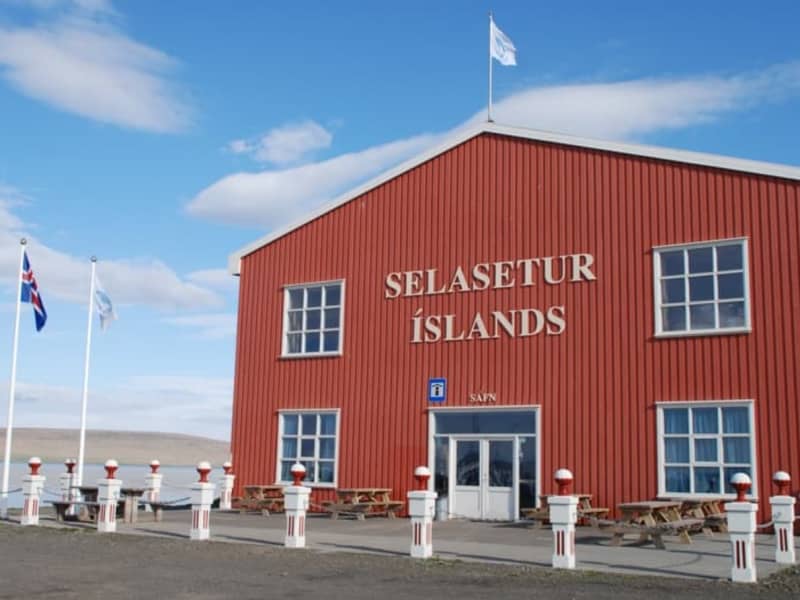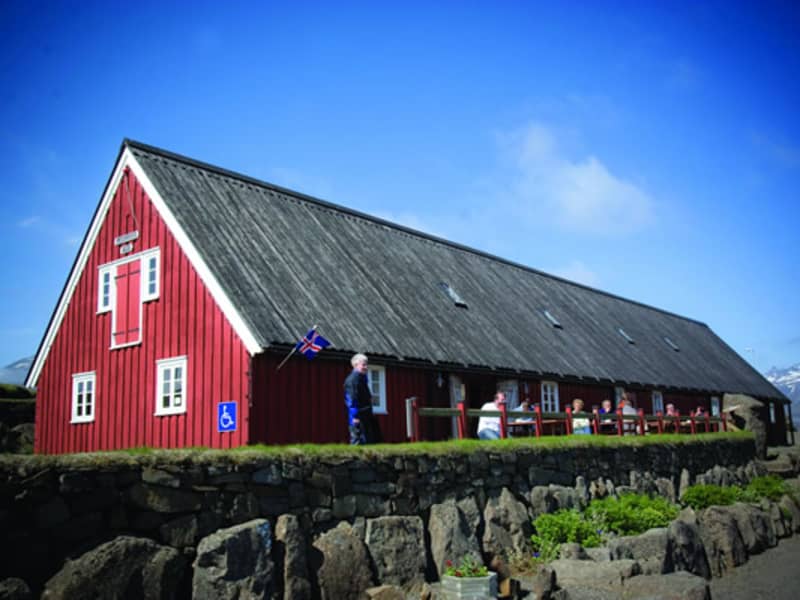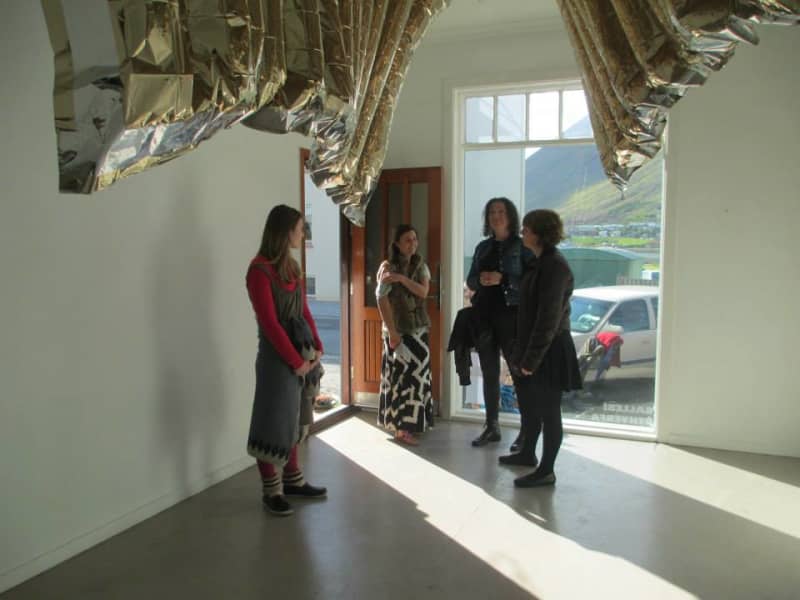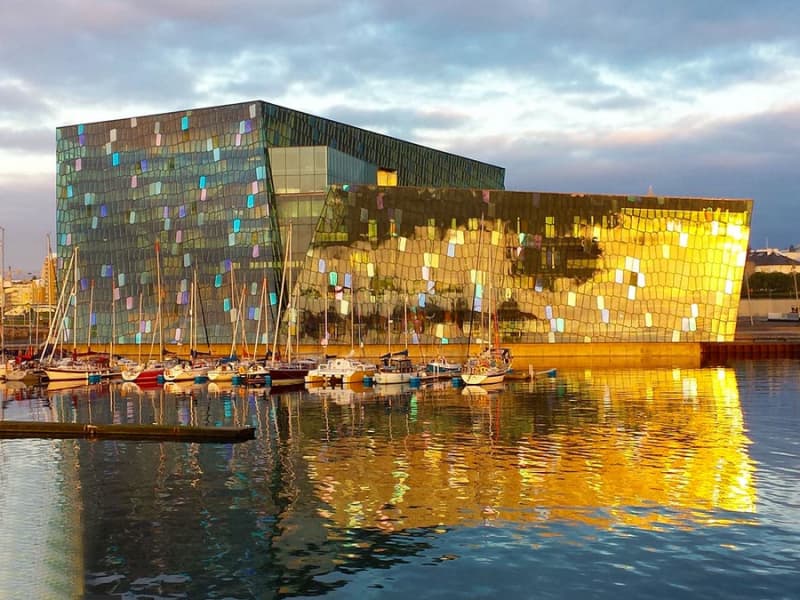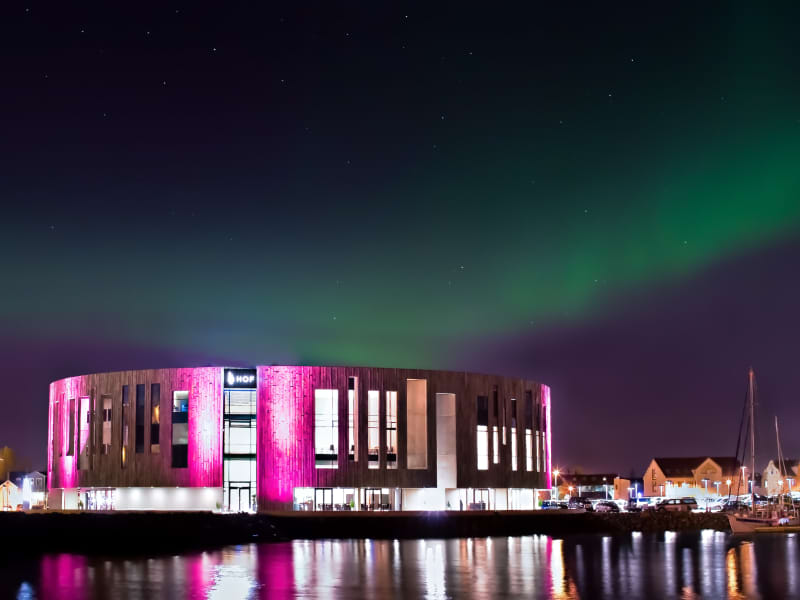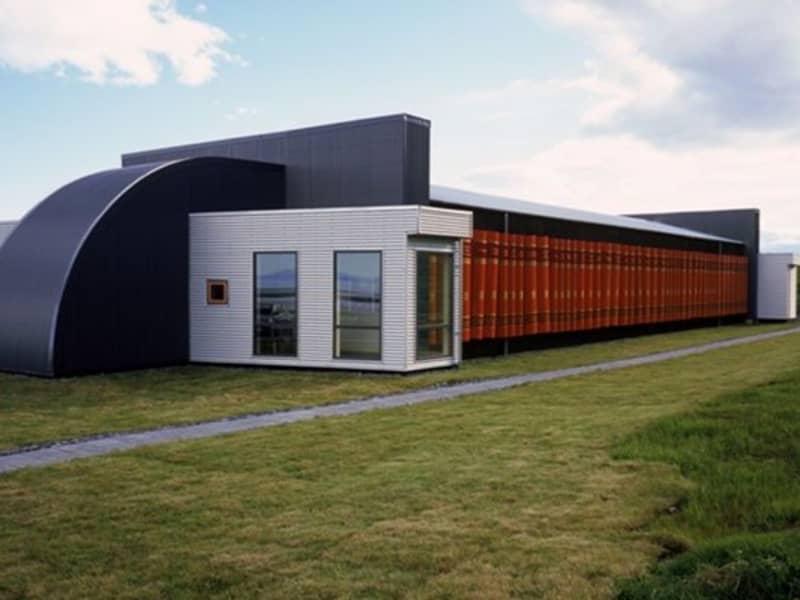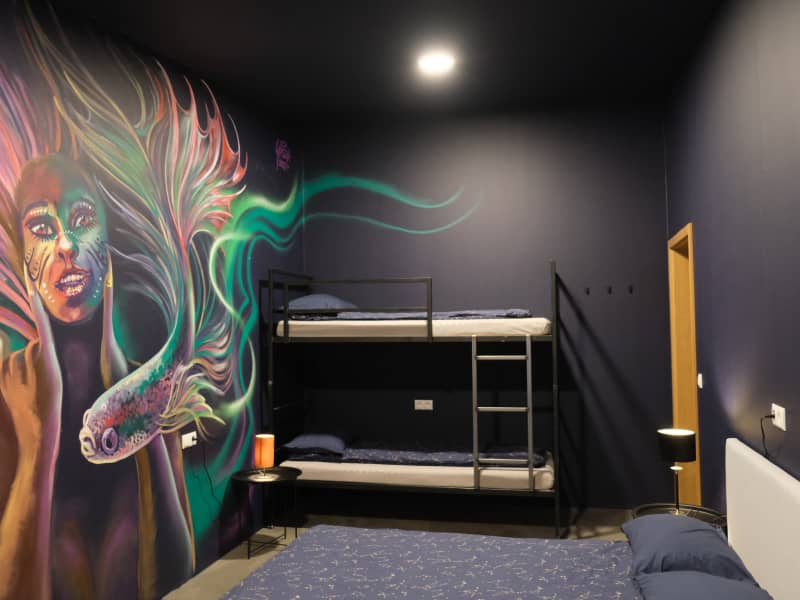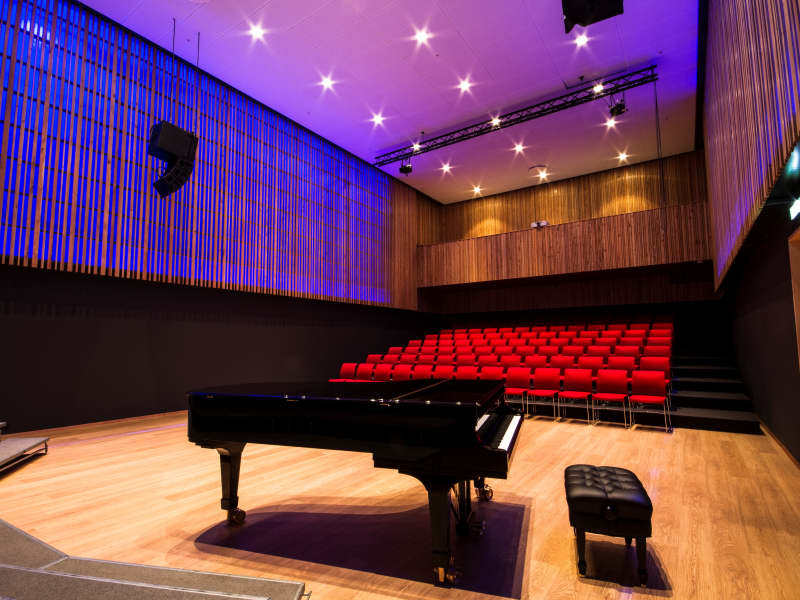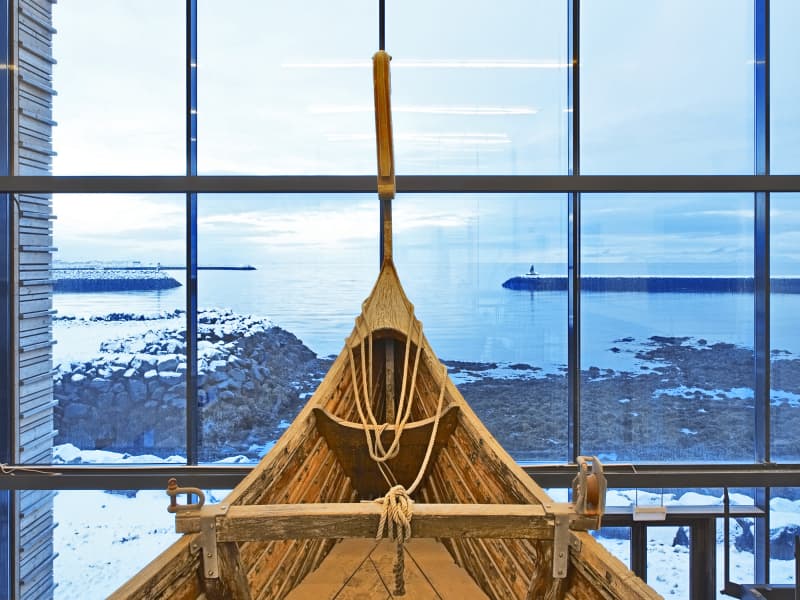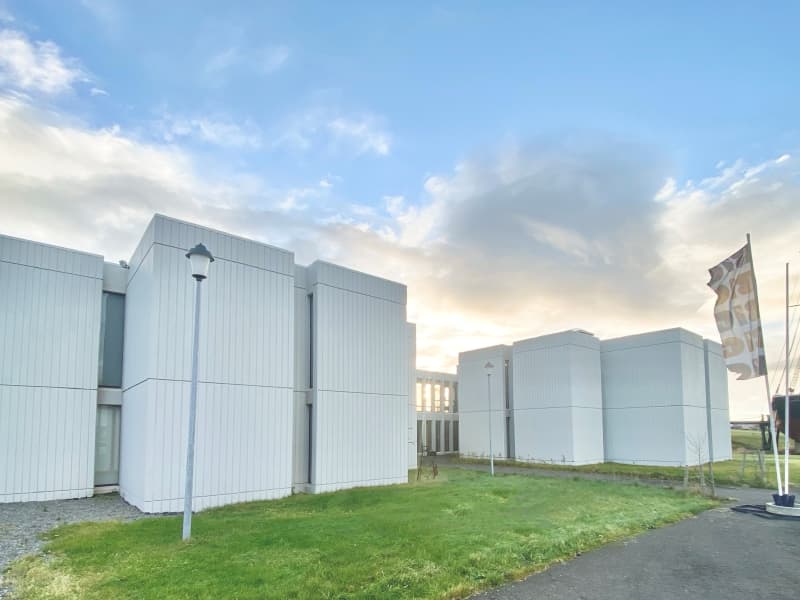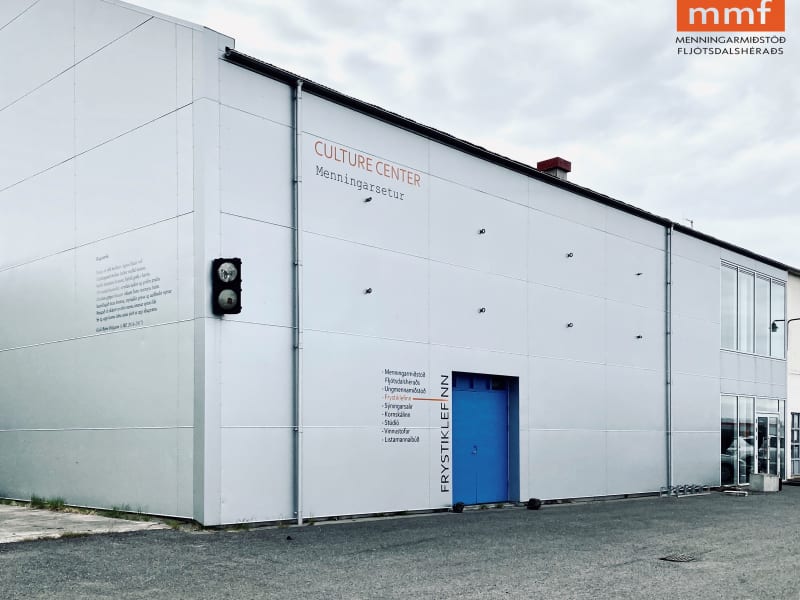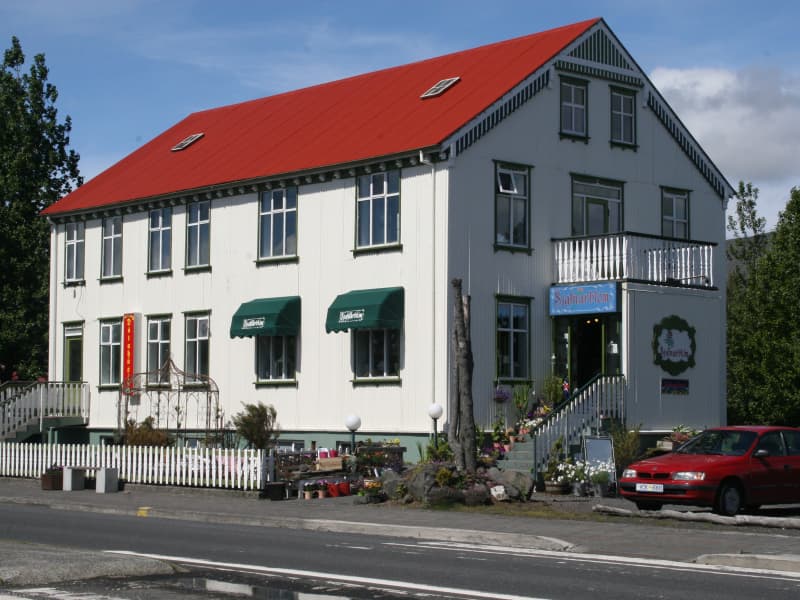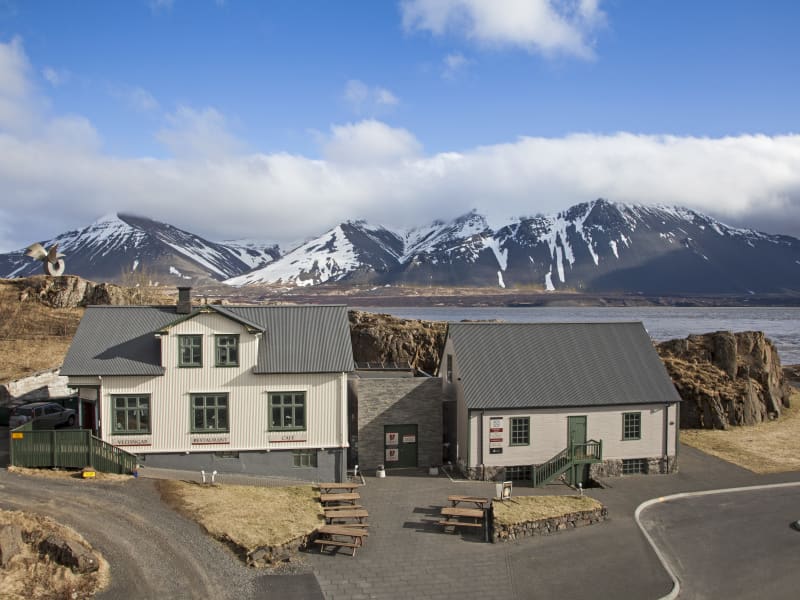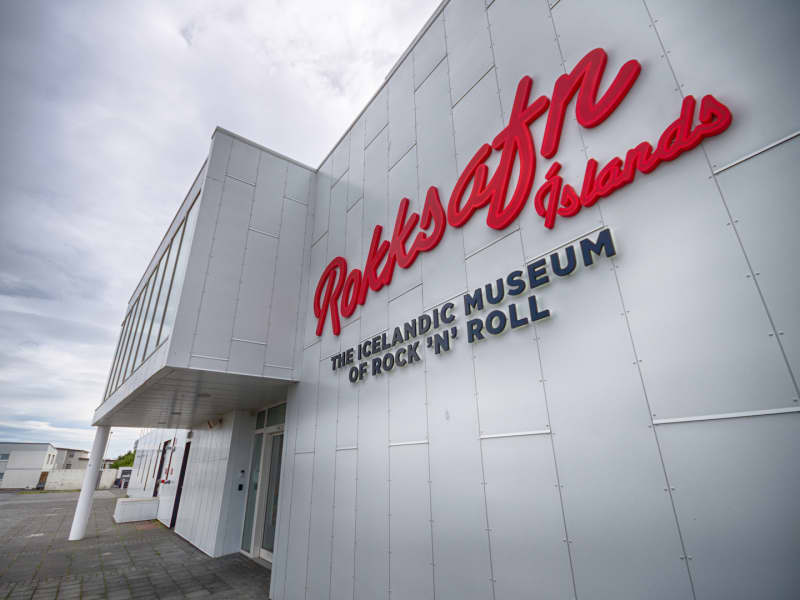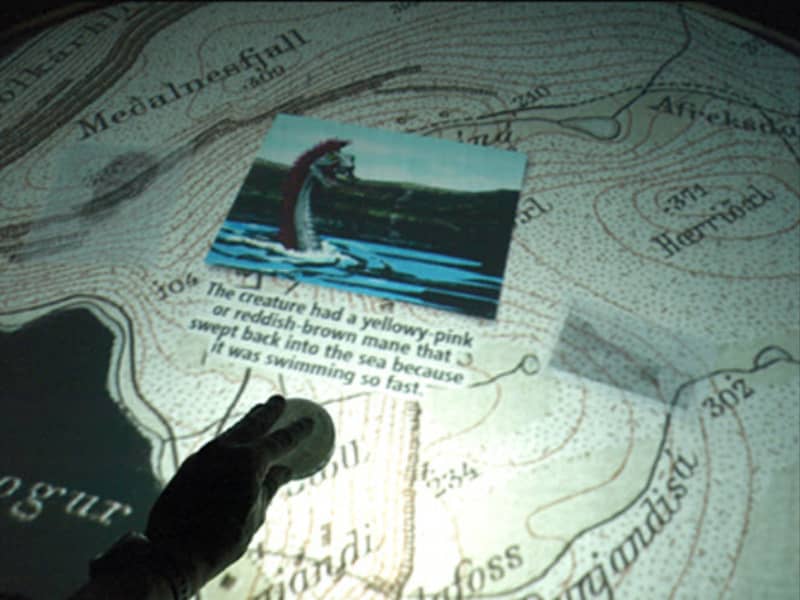Skálholt is one of Iceland's most historical places and the capital of Iceland for over 700 years. It was the scene of the most dramatic events which shaped the political, spiritual, and cultural life in Iceland.
Skálholt Cathedral was built in 1963 and is the 10th cathedral on the very site, the first one was built in the year 1000 when Icelanders became a christian nation. The current Cathedral is known for its stylish architecture, the beautiful altarpiece, and the spectacular glass-stained windows. The tomb of bishops, a museum of historical artifacts, and a mysterious underground tunnel is situated in the cellar of the church.
Guided tours are offered for groups of 10 or more for a moderate fee.
Skálholt Cathedral is open from 9:00am - 6:00pm every day.
Skálholt is located about 1 hour from Reykjavík and is part of the Golden Circle Route. From Reykjavík take Ring road 1 towards Selfoss town, and drive for around 30 minutes. Before entering the town take road nr 35, drive for about 20 minutes and turn right on road 31. Drive for about 5 minutes and you will see Skálholt on your right-hand side.
Skálholt´s early history is traced back to the 11th century when religious disputes were at their sharpest in Iceland. Within two centuries of the settlement of Iceland, the first bishopric was founded at Skálholt in 1056 for South Iceland, and soon a second at Hólar in 1109 for North Iceland.
In 1954, a team of archaeologists, while digging up the foundations of the old cathedral, came upon a sarcophagus which was believed to contain the skeleton of Páll Jónsson, one of the most powerful bishops of Skálholt. His sarcophagus, together with a few relics found at the scene, is now on display in an underground vault beneath the cathedral.
The last Catholic bishop of Iceland, Jón Arason, was executed at Skálholt in 1550, along with his two sons. He had opposed the Reformation imposed upon Iceland by King Christian III of Denmark. Today, a memorial stands at the site of the execution. Arason's Episcopal robes are on display at the National Museum of Iceland in Reykjavík.
Hotel Skálholt
Hotel Skálholt is a perfect place to stay when you want to visit places in the Golden Circle, the South Coast or the highlands of Iceland since it is situated near so many places to have wonderful day trips.
In Skálholt there is a variety of accommodation; Hotel Skálholt has 18 DBL rooms with private bathroom.
Organist house is a 3-5 bedroom villa with 2 bathrooms and a private hot tub.
Skálholt hostel has 10 DBL rooms with shared facilities, a large kitchen, dining room, a large ballroom and seating area. The location is perfect for school groups, yoga groups, choirs, or for smaller parties.
Two cottages, located close to Skáholt hostel has 2 bedrooms each (4 beds), living room, kitchen and private bathroom. Each cottage has a private hot tub.
Hotel Skálholt has facilities for meetings, seminars and conferences. The space is also great for events such as weddings, concerts and more and the facilities is available for groups to rent out. There are regular cultural events, such as stand-up comedy, small concerts, book events, art shows and more.
Hotel Skálholt is a perfect place to stop on your Golden Circle tour or for those who want to enjoy the countryside, the view, the natural beauty and the tranquility.
For bookings please send an email to hotelskalholt@hotelskalholt.is or call to +354 486 8870.
More information at: www.hotelskalholt.is
Hvönn restaurant
Hvönn Restaurant is an experimental kitchen where the focus is on using fresh local ingredients. Meat, fish, and vegetables are sourced locally, and fused Icelandic and international food traditions from abroad using fermentation techniques (kombucha, lactose fermentation, kefir) and drying methods. These practices give the food a unique and special taste and texture.
During the day the a bistro menu has delicious Icelandic choices, and in the evening the menu has a distinctive and curated three-course dinner experience that changes nightly.
Whether it is for lunch or dinner, you are welcome to Hvönn restaurant.
The chef Bjarki Sól is one of the owner of the hotel. He has worked as a chef for many years on projects to increase the quality of food companies in the area and he takes advantage of all the experience and relationships on the restaurant.
Summer opening hours from May to November - 11:30am - 9pm every day.
Bistro menu is served from 11:30am to 5pm each day and 3 course set menu is served in the evening.
Please send an email to hotelskalholt@hotelskalholt.is or call to +354 486 8870.
More information at: www.hotelskalholt.is.
We look forward to welcoming you in Skálholt.


